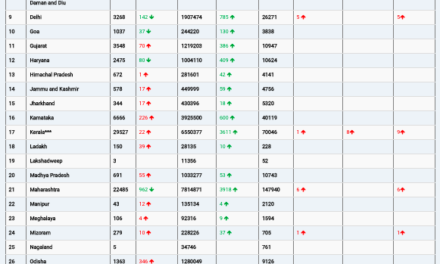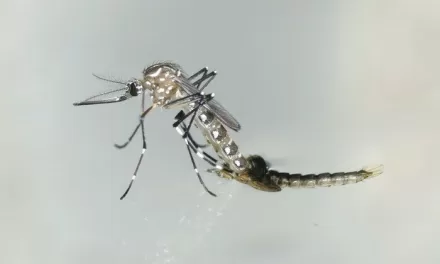University of Illinois researchers unveil key processes in liver cell maturation that could enhance regenerative therapies
Researchers from the University of Illinois have uncovered a pivotal mechanism in liver maturation that could significantly impact the future of regenerative medicine. Their findings, published in Genes and Development, focus on a process that coordinates liver maturation and polyploidization—a state in which cells carry more than two sets of chromosomes—offering new insights into the specialized functions of hepatocytes, the liver’s primary cell type.
The human liver performs over 150 vital functions, such as filtering blood, regulating blood sugar, digesting fats, and detoxifying harmful substances. Although hepatocytes are fully formed at birth, they remain dormant for the first few weeks of life, gradually maturing and developing specialized functions.
Despite extensive research on liver biology, understanding how liver cells achieve maturity after birth—and how this knowledge could help improve liver regeneration—has remained a challenging question. The liver’s unique ability to regenerate itself after injury makes it a prime candidate for advancing regenerative therapies.
Nash Kalsotra, a professor of biochemistry at the University of Illinois and lead author of the study, explained the challenges of working with stem cells in regenerative medicine. “Over the past two decades, we have made significant strides in isolating stem cells and differentiating them into various cell types. While these cells hold promise for regenerating damaged organs, they often function poorly because they remain in an immature, fetal-like state,” Kalsotra said. “The next frontier is to understand how to mature these rudimentary cells into fully functional types.”
Kalsotra’s team explored the role of ESRP2, a regulatory protein that controls RNA splicing in the liver. ESRP2, which is absent in fetal development, is activated after birth and appears to be crucial in liver cell maturation. By manipulating ESRP2 in mouse models, the researchers discovered that the absence of ESRP2 led to immature liver cells, while premature activation of ESRP2 accelerated liver maturation and improved metabolic functions.
The researchers also identified a connection between ESRP2 and miR-122, a non-coding microRNA that plays a role in hepatocyte polyploidization. Polyploidy is essential for liver function, as it contributes to hepatocyte specialization and protects the liver from cancer. The findings revealed that ESRP2 is required for the timely production of miR-122, which regulates the increase in polyploid hepatocytes after birth.
While the team’s discovery has opened new doors in understanding liver maturation, much remains to be learned about how ESRP2 optimizes RNA splicing and miR-122 production to control polyploidy. This research could be pivotal in developing therapies to induce liver regeneration in patients, as it reveals how to manipulate mature liver cells to regain their regenerative abilities.
As Kalsotra explained, “The liver doesn’t have a dedicated stem cell reservoir; it relies on existing hepatocytes to regenerate. We’re exploring how to make these adult cells revert to an immature state and then guide them back to full functionality—helping us tune the regenerative response for therapeutic purposes.”
These groundbreaking findings have the potential to improve regenerative therapies for liver disease and injury, with broader implications for other organ systems in the future.
For more information, refer to the article: Sushant Bangru et al, “ESRP2–microRNA-122 axis promotes the postnatal onset of liver polyploidization and maturation,” Genes & Development (2025). DOI: 10.1101/gad.352129.124.
Disclaimer: The information provided in this article is based on research findings published in Genes and Development and should not be considered as medical advice. Always consult a healthcare professional for medical concerns.











